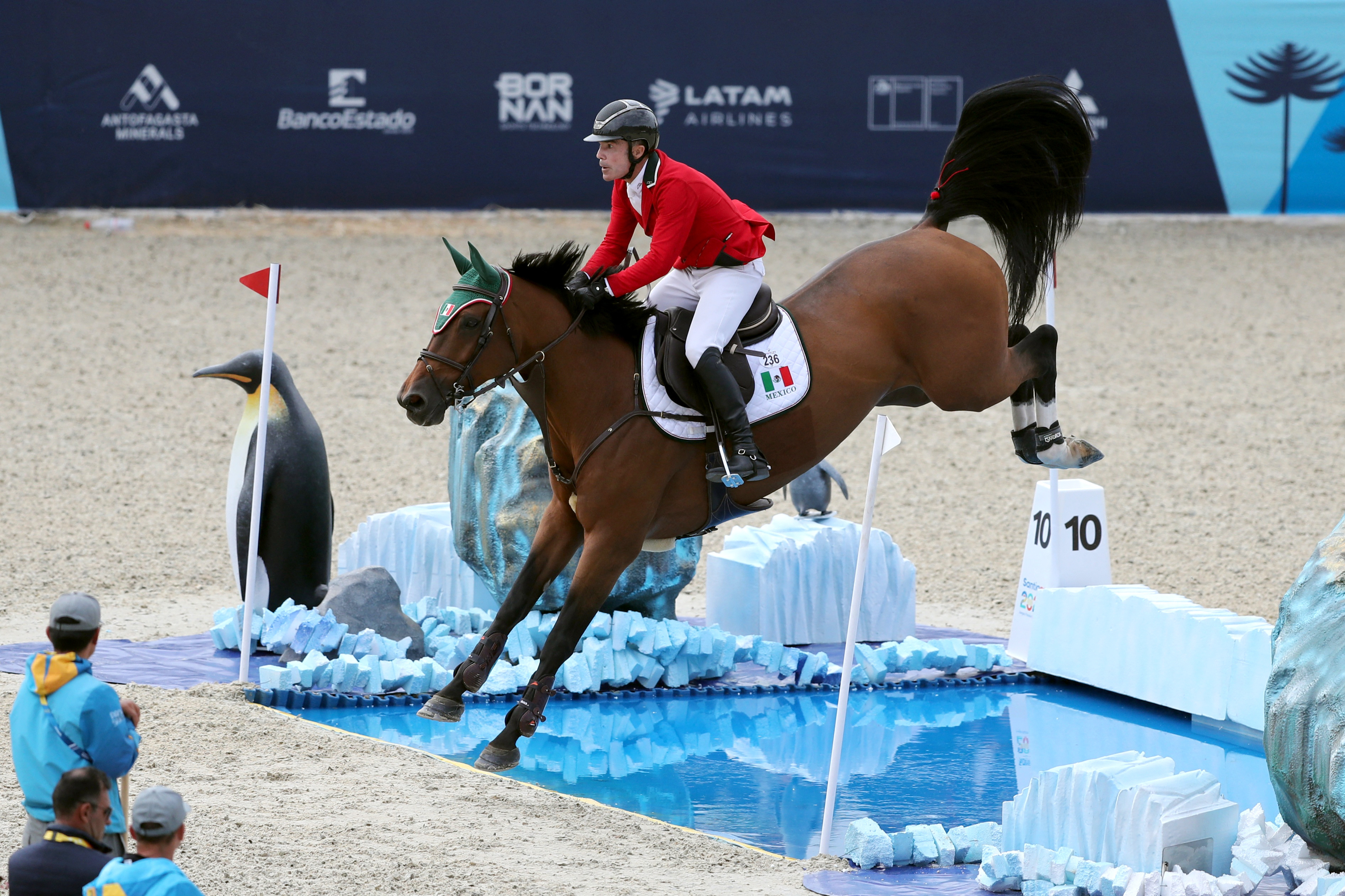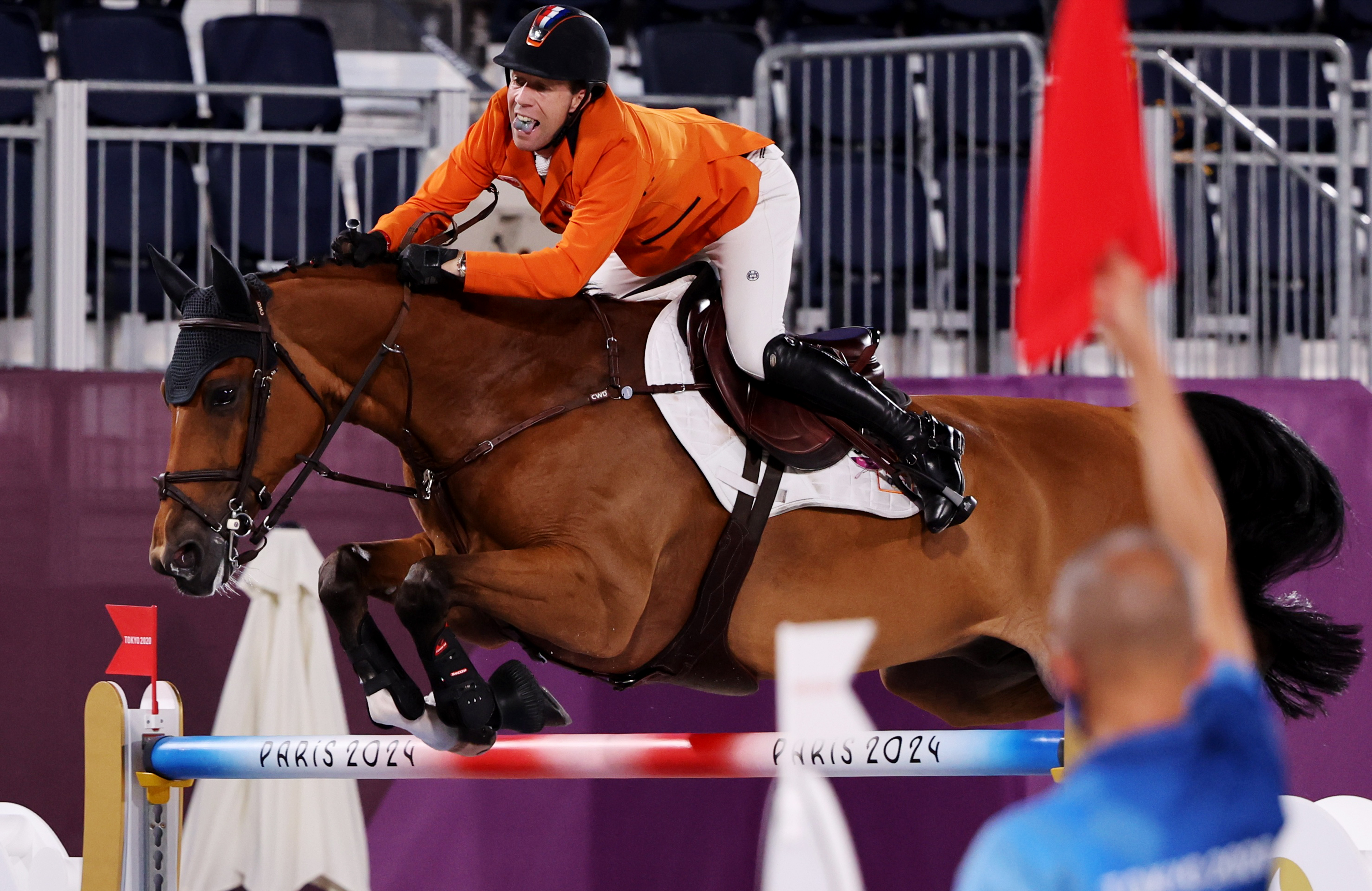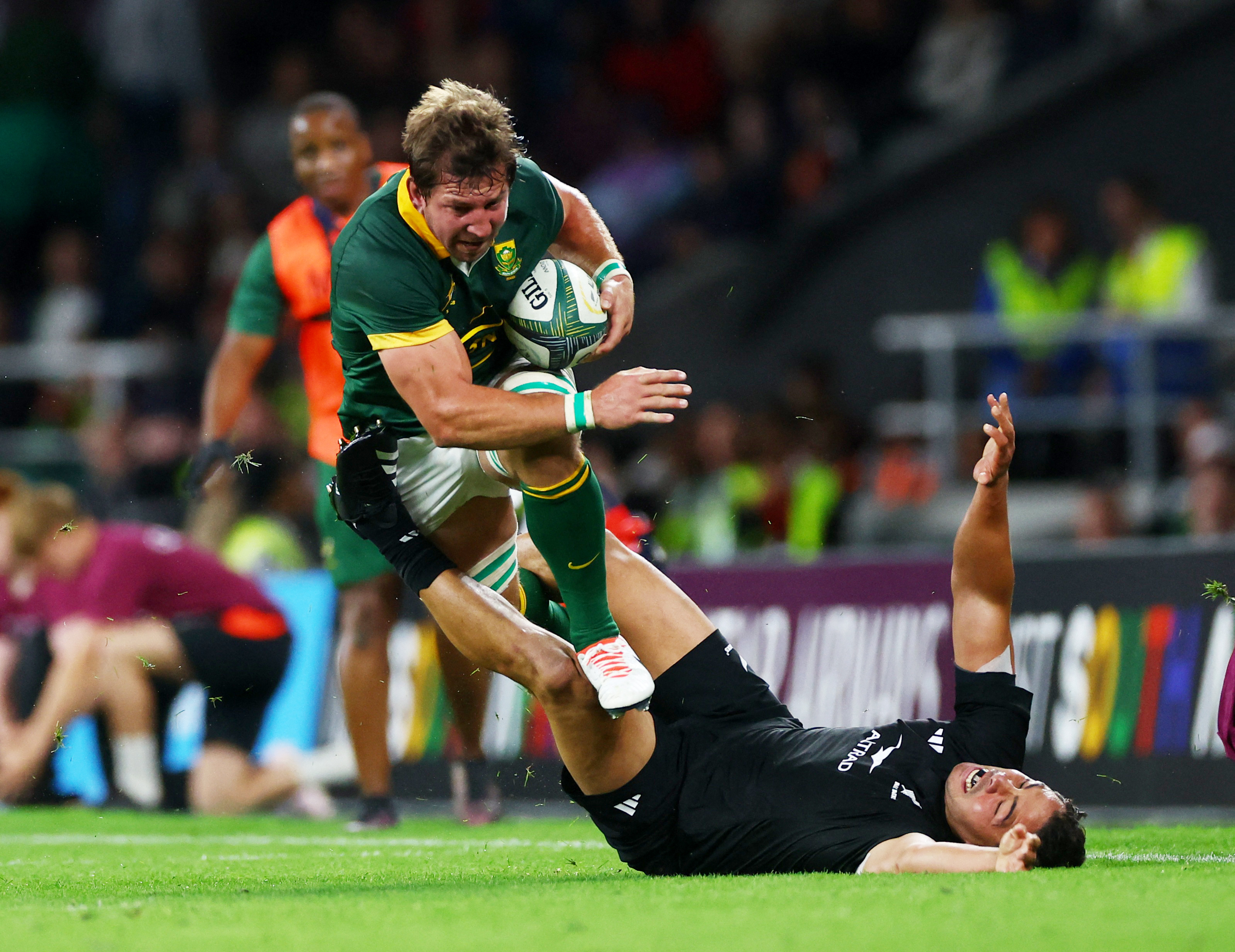Lumbar Spine Injuries in Adolescents
Lumbar spine injuries are difficult to manage when the diagnosis is delayed. Clinicians and coaches play a vital role in ensuring that adolescent athletes are managed early and appropriately when reporting lower back pain. Kelly Mackenzie unpacks how clinicians can improve the care of this high-risk cohort.
Cricket - India v England - Himachal Pradesh Cricket Association Stadium, Dharamshala, India - England’s James Anderson in action REUTERS/Adnan Abidi
Early specialization in sports is increasingly common. Children and adolescents often feel compelled to focus exclusively on a single sport at a young age. However, in cricket, players must be exposed to all facets of the game. This includes rotating between batting orders, bowling, wicketkeeping, and fielding positions. Children should delay playing only one sport exclusively until the age of 12.
Early specialization has various risks. These include prevalent overuse injuries, which result from the intense and repetitive nature of specialized training and involve strain on specific muscles or joints. Overtraining, a consequence of excessive physical demands without adequate recovery, can lead to burnout and diminished performance. Furthermore, the pressure and demands of early specialization contribute to feelings of depression and mental health issues among young athletes. Promoting a well-rounded approach to cricket, with exposure to various aspects of the game, is essential for young players’ long-term health and well-being.
While cricket is a relatively safe sport, injuries are not uncommon. Understanding the types of injuries that can occur and their mechanisms is essential for player safety and injury prevention. The lumbar spine is particularly vulnerable in adolescent fast bowlers, with a prevalence of 11-67% for spondylolysis/lumbar stress fractures. Clinicians must understand the injury types that can occur and their mechanisms to ensure player safety and injury prevention(1,2).
Common Cricket Injuries
In school-level cricket, players are prone to many injuries, ranging from direct impacts to overuse strains. Direct impact injuries to vulnerable areas such as the face, fingers, and hands can cause traumatic acute injuries that require immediate attention. Furthermore, overuse injuries are prevalent, notably among fast bowlers, as repetitive actions can gradually strain the body, leading to shoulder and back injuries. Coaches, players, and medical staff must understand the potential injuries and their causes, enabling them to implement suitable preventive measures and ensure prompt and effective management when injuries occur.
Due to physiological, biomechanical, and lifestyle factors, young pace bowlers are more prone to lumbar spine and side strain injuries.
1. Mixed action: Various bowling styles exist in cricket, but the mixed action (a combination of front-on and side-on bowling actions) is associated with 89% of lumbar stress injuries in bowlers(3).
2. Pursuit of pace: Aspiring pace bowlers often prioritize velocity. However, in their quest for pace, they may compromise biomechanical integrity and increase bodily strain.
3. Intensive training schedules: Enthusiastic young athletes engage in rigorous training without proportionate rest periods. The repetitive, high-impact movements and inadequate recovery may lead to lumbar spine and soft-tissue overuse injuries. For example, spikes in training load increase the likelihood of injury three to four weeks after the spike(1).
4. Performance pressure: Youthful players may grapple with the weight of performance expectations, driving them to push their limits consistently.
5. Peak physiological development: Physical development, growth, and maturation are at their peak during adolescence, meaning that the musculoskeletal system is at risk and vulnerable to stress-related injuries(4,5). The rapid alterations in height and limb length can engender modifications in bowling mechanics, potentially amplifying stress on the lumbar spine(4,5).
6. Biomechanical immaturity: Bowling proficiency requires a well-coordinated biomechanical system. However, young bowlers may lack the necessary maturity in biomechanical functionality, subjecting their bodies to heightened stress(4,5).
7. Core strength and stability deficits: Adequate core strength is imperative for stabilizing the spine during bowling. Strength deficits predispose athletes to injury(4,5).
Anatomy
The vertebrae comprise the vertebral body and a protective bony ring, the arcus, surrounding the spinal cord. Two pedicles from the arcus attach to the dorsal side of the vertebral body, and two laminae complete the arch. The region between the pedicle and the lamina, termed the pars interarticularis, is the most vulnerable section (see figure 1)(6).
You need to be logged in to continue reading.
Please register for limited access or take a 30-day risk-free trial of Sports Injury Bulletin to experience the full benefits of a subscription. TAKE A RISK-FREE TRIAL
TAKE A RISK-FREE TRIAL
Newsletter Sign Up
Subscriber Testimonials
Dr. Alexandra Fandetti-Robin, Back & Body Chiropractic
Elspeth Cowell MSCh DpodM SRCh HCPC reg
William Hunter, Nuffield Health
Newsletter Sign Up
Coaches Testimonials
Dr. Alexandra Fandetti-Robin, Back & Body Chiropractic
Elspeth Cowell MSCh DpodM SRCh HCPC reg
William Hunter, Nuffield Health
Be at the leading edge of sports injury management
Our international team of qualified experts (see above) spend hours poring over scores of technical journals and medical papers that even the most interested professionals don't have time to read.
For 17 years, we've helped hard-working physiotherapists and sports professionals like you, overwhelmed by the vast amount of new research, bring science to their treatment. Sports Injury Bulletin is the ideal resource for practitioners too busy to cull through all the monthly journals to find meaningful and applicable studies.
*includes 3 coaching manuals
Get Inspired
All the latest techniques and approaches
Sports Injury Bulletin brings together a worldwide panel of experts – including physiotherapists, doctors, researchers and sports scientists. Together we deliver everything you need to help your clients avoid – or recover as quickly as possible from – injuries.
We strip away the scientific jargon and deliver you easy-to-follow training exercises, nutrition tips, psychological strategies and recovery programmes and exercises in plain English.






